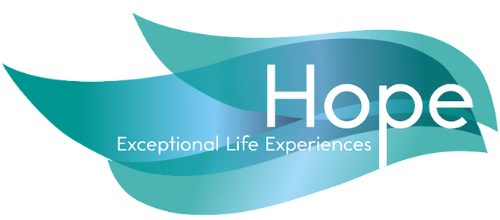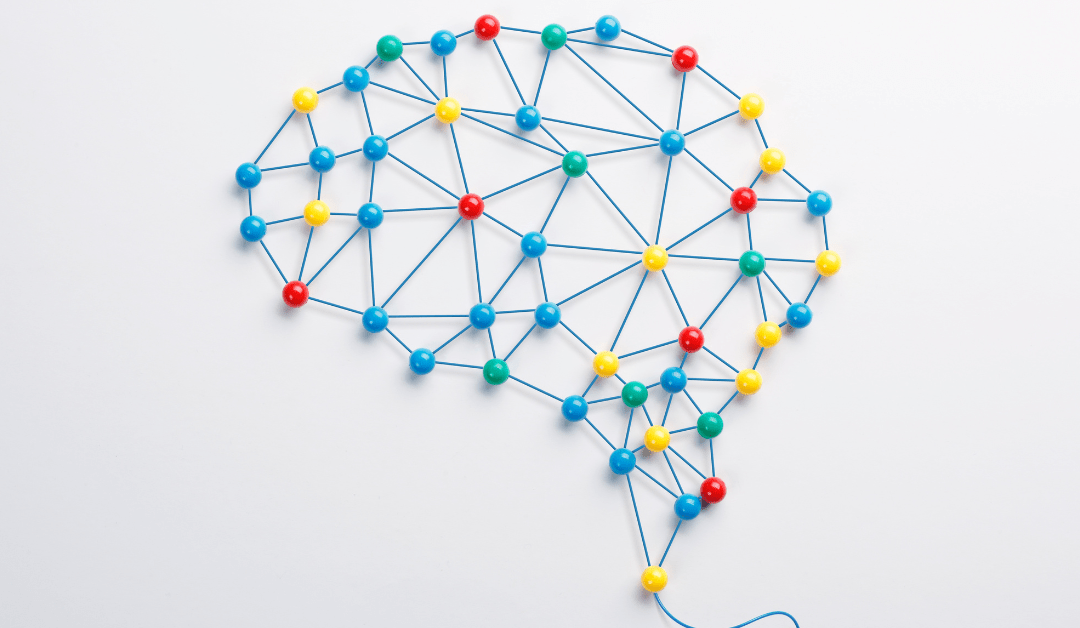The world is full of brilliant, unique minds—people who think, process, and experience life in different ways. That’s where neurodiversity comes in. But what is neurodiversity, what types exist, and how can we foster inclusion—especially in the workplace?
Instead of seeing neurological differences as problems that need fixing, neurodiversity celebrates them as natural variations of the human brain. And honestly, wouldn’t life be boring if we were all the same?
What Is Neurodiversity?
Neurodiversity is the idea that neurological differences—like autism, ADHD, dyslexia, and more—are normal variations of the human brain. Just like we celebrate diversity in culture, language, and perspectives, neurodiversity asks us to recognize and appreciate different ways of thinking and processing the world.
Instead of treating these differences as deficits, the neurodiversity movement shifts the focus to strengths.
Because let’s be real—many of history’s greatest innovators, artists, and thinkers were likely neurodivergent.
Neurodivergent vs. Neurotypical
- Neurodivergent individuals have brains that function in ways that diverge from the typical (or “neurotypical”) cognitive patterns. This includes people with autism, ADHD, dyslexia, dyspraxia, and more.
- Neurotypical individuals think and process information in ways that society has traditionally deemed “normal.”
The takeaway? Neurodiversity isn’t about labeling people—it’s about embracing the fact that there’s no one “right” way to think, learn, or experience the world.
Types of Neurodiversity
Neurodiversity covers a wide range of neurological differences, each with its own unique strengths and challenges. Here are some of the most common types:
1. Autism Spectrum Disorder (ASD)
Autism affects communication, sensory processing, and social interactions. Since it’s a spectrum, each autistic person is unique—some might be nonverbal, while others might be hyper-verbal with a deep focus on specific interests.
Strengths:
- Strong attention to detail
- Deep focus on topics of interest
- Creative problem-solving
Challenges:
- Sensory issues
- Difficulty understanding social cues
- Preference for structured routines
2. Attention-Deficit/Hyperactivity Disorder (ADHD)
ADHD impacts focus, impulse control, and hyperactivity. But it’s not just about being easily distracted—ADHD brains are often wired for creativity, high energy, and thinking outside the box.
Strengths:
- Fast, dynamic thinking
- Hyperfocus on areas of passion
- High energy and enthusiasm
Challenges:
- Difficulty with organization and time management
- Impulsivity
- Struggles with traditional learning environments
3. Dyslexia
Dyslexia affects reading and language processing, making traditional spelling and reading methods more challenging. But many dyslexic individuals have exceptional visual thinking skills and creativity.
Strengths:
- Strong problem-solving skills
- Creative and out-of-the-box thinking
- Great at seeing the “big picture”
Challenges:
- Difficulty with reading and spelling
- Slower processing of written language
- Challenges in traditional school settings
4. Dyspraxia
Dyspraxia affects motor coordination, making fine and gross motor skills (like handwriting or balance) more difficult. But many individuals with dyspraxia excel in strategic thinking and verbal communication.
Strengths:
- Strong verbal and storytelling skills
- High levels of empathy
- Strategic and creative thinking
Challenges:
- Difficulty with coordination and balance
- Trouble with handwriting or tying shoelaces
- Challenges in sports or physical activities
5. Tourette Syndrome
Tourette’s is a neurological condition characterized by involuntary movements and vocal tics. While it presents unique challenges, many people with Tourette’s are quick thinkers and great at pattern recognition.
Strengths:
- Quick reflexes and creative problem-solving
- Strong observational skills
- Often highly intelligent and empathetic
Challenges:
- Uncontrollable tics that can be socially misunderstood
- Anxiety or self-consciousness about symptoms
- Difficulty in traditional classroom or workplace settings
This is just a snapshot of neurodiversity—there are many more neurological variations, each contributing to the richness of human experience.
Neurodiversity in the Workplace
The workplace thrives on innovation, creativity, and fresh ideas—so why wouldn’t we want neurodiverse individuals on board? The reality is, many companies are missing out on incredible talent by not making workplaces more inclusive.
Why Employers Should Care About Neurodiversity
- Diverse thinking = innovative solutions. Different brain wiring means unique ways of solving problems.
- Neurodivergent employees are often highly skilled. Many excel in areas like technology, design, analysis, and engineering.
- Inclusive workplaces boost morale and productivity. When people feel understood and supported, they do their best work.
How to Make Workplaces More Neurodiverse-Friendly
- Flexible Work Environments – Some neurodivergent employees thrive in quiet spaces, while others need movement-friendly setups. Providing flexible seating, noise-canceling headphones, or remote work options can help.
- Clear Communication – Some people struggle with vague instructions. Be direct, clear, and provide written guidance when possible.
- Accommodations Without Stigma – Small adjustments—like adjusting lighting for sensory sensitivities or offering deadline flexibility—can make a huge difference.
- Embrace Different Work Styles – Not everyone thrives in 9-to-5 meetings and open-office layouts. Recognizing different working rhythms allows everyone to contribute in the best way they can.
- Training & Awareness – Educating leadership and coworkers about neurodiversity helps create a more accepting and understanding work culture.
Some major companies—like Microsoft, IBM, and SAP—have launched neurodiversity hiring programs to attract and retain neurodivergent talent.
Because when you embrace neurodiversity, you’re not just hiring employees—you’re diversifying your workforce and gaining valuable perspective.
Final Thoughts on Neurodiversity
The world needs all kinds of minds.
Neurodiversity isn’t a challenge to be fixed—it’s a strength to be embraced. Whether in schools, workplaces, or daily interactions, creating a more inclusive world means recognizing that different doesn’t mean less—it means valuable, unique, and necessary.
So, what can we do? Advocate for inclusive practices, celebrate different ways of thinking, and push for workplaces and schools that support neurodiversity.
Because when we embrace all minds, we create a world where everyone has a chance to shine.
Want A Helping Hand?
Hope Human Services provides disability services in Washington State. Our team doesn’t just provide support, we create exceptional life experiences.

